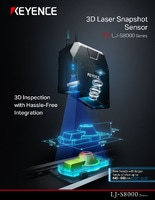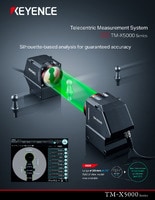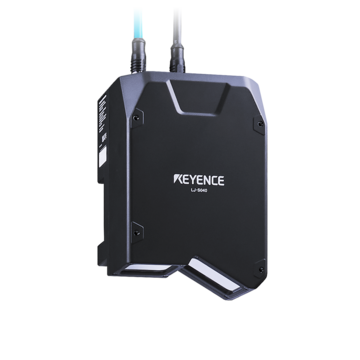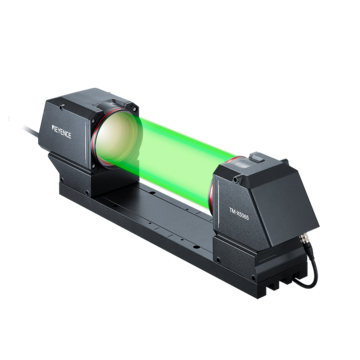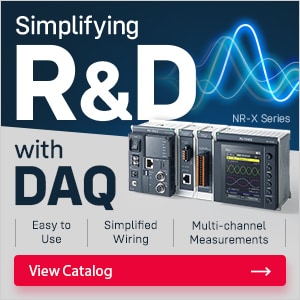Measurement Sensors
Dimension Measurement
Displacement Measurement
Spot Welding Inspection Solutions for Quality Control
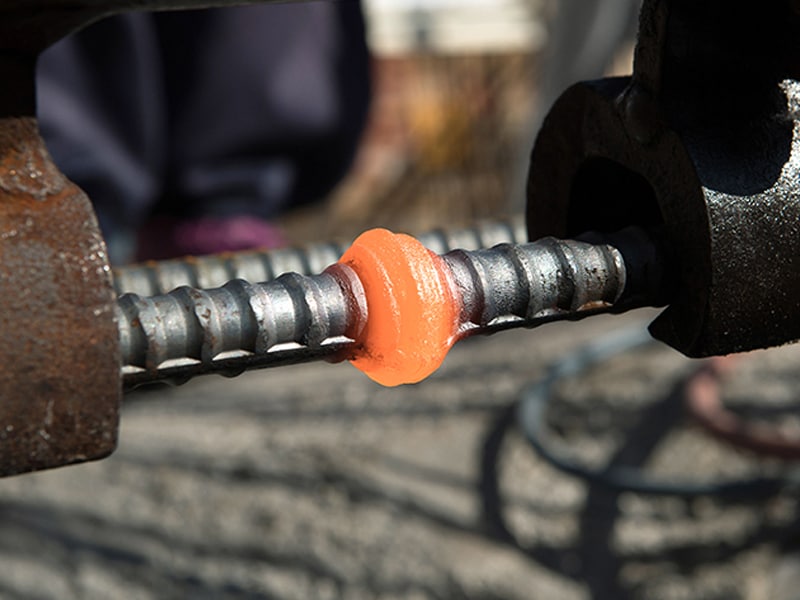
Spot welding plays a key role in creating metal sheet products for industries like automotive, appliances, furniture, and more. It’s a fast, efficient, and cost-effective method to join metal sheets, no extra fasteners needed! For example, the average car relies on thousands of spot welds to ensure structural integrity.
In a world of rising competition and tighter deadlines, manufacturers are stuck between maintaining quality while meeting tight deadlines. That’s where spot welding inspection solutions step in to save the day and your quality standards.
Why Spot Welding Inspection is Essential
Defects in spot welding can weaken weld integrity, affecting the strength and durability of the final product. The most common culprits? Insufficient electrode pressure, improper cooling times, or poor material preparation.
Spot welding inspection plays a key role in ensuring quality and reliability. By carefully examining welded joints, defects or deviations are caught before they become bigger problems.
Early detection keeps production conditions optimal and guarantees strong, high-quality welds you can count on. In mass production, even minor welding errors can snowball into defective products, leading to financial setbacks and a damaged reputation.
We’re here to provide you with more details.
Reach out today!

Key Criteria for Spot Weld Inspections
Non-destructive testing methods, like ultrasonic testing (UT), are highly valued in industries requiring precision. UT works by sending ultrasonic pulses into a material and analyzing the echoes to assess its properties. This spot weld inspection method is more efficient than destructive testing, reduces waste, and offers a cost-effective, sustainable alternative.
Accurate spot weld inspection with UT requires careful attention to key factors like transducer placement, frequency selection, and surface geometry. Each is crucial for reliable results.
Transducer Placement
Proper transducer placement is key for accurate spot weld inspections with UT. The transducer should be placed on the weld only after it has cooled to detect multiple back wall echoes, from the top surface of the first piece to the bottom of the second. This ensures a thorough assessment of weld quality and helps identify any defects or irregularities.
Frequency Selection
Selecting the right frequency for UT spot weld inspections is key for accurate results. Higher frequencies work best for thinner materials, while lower frequencies suit thicker ones. Selecting the correct frequency ensures the ultrasonic waves penetrate properly to thoroughly evaluate for defects.
Surface Geometry
Surface geometry plays a key role in UT spot weld inspections. The shape and curvature of components can affect ultrasonic wave propagation, impacting result accuracy. Reliable testing on curved or irregular surfaces may require specialized transducers or advanced techniques.
We’re here to provide you with more details.
Reach out today!

Common Defects in Spot Welding and Their Impact
Spot welding also has its share of defects that can impact the quality and efficiency of the weld:
Internal Cracking
Internal cracking in spot welding occurs when excessive stress causes fractures within the weld nugget or surrounding material. This weakens the weld’s strength and affects its appearance, a key concern for visually critical applications.
Liquation Cracking
Liquation cracking in spot welding occurs when low-melting elements like sulfur and phosphorus liquefy, causing small cracks in the weld nugget. This weakens the weld and reduces its load-bearing capacity.
Poor Appearance
Spot welding is essential in industries like automotive and electronics, where appearance matters. Defects such as uneven surfaces or spatter can affect both visual appeal and structural integrity. Clean, precise welds ensure durability and a polished finish.
Chemical Properties
Spot welding uses heat and pressure, which can alter metal properties. For example, welding zinc-coated steel may vaporize zinc, reducing corrosion resistance. Welding different metals can also cause galvanic corrosion due to electrochemical differences.
Benefits of Using Advanced Spot Welding Inspection Systems
Advanced spot welding inspection systems use high-resolution cameras and lasers to detect even tiny defects in welded joints.
This precision ensures quality compliance and reduces costly rework or recalls. These systems also boost accuracy and speed, outperforming traditional manual checks. They reduce downtime, accelerate production, and enhance productivity and profitability.
Advanced systems are the key to high levels of quality control and spotting defects early, so they can be corrected before end users ever see them. The result is flawless products, happy customers, and more time and resources to build the business.
KEYENCE Measurement Sensors for Spot Welding Quality Inspections
KEYENCE brings you cutting-edge, non-contact laser sensors designed for precision and reliability. Enhance the quality of your spot welding with advanced displacement sensors, and measurement solutions.
The LJ-X8000 Series laser profilers provide advanced 2D and 3D measurement, which is ideal for inline inspection. With up to 3,200 points per profile, they ensure outstanding accuracy on complex shapes and materials. A high-speed sampling rate enables real-time defect detection, maintaining superior quality and efficiency.
The LJ-X8000 Series is designed for versatility. It is capable of combining multiple units to scan larger targets and is ideal for spot welding applications. With a laser width of over 720 mm (28″), it ensures precise inspections and accurate detection of weld irregularities.
Contact us now to learn more about how our measurement sensors can improve your spot welding processes. Let KEYENCE be your partner in achieving flawless spot welds every time.
Get detailed information on our products by downloading our catalog.
View Catalog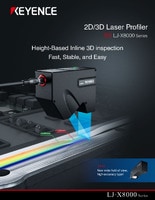

Related Products
Applications
Dimension Measurement
- Thickness and Width Measurement
- Step Height Measurement
- Inner and Outer Diameter Measurement
- Measuring Angles
- Meandering/Edge Measurement
Displacement Measurement
- Positioning and Stroke Length Measurement
- Vibration and Runout Measurement
- Deflection Measurement
- Measuring Eccentricity

